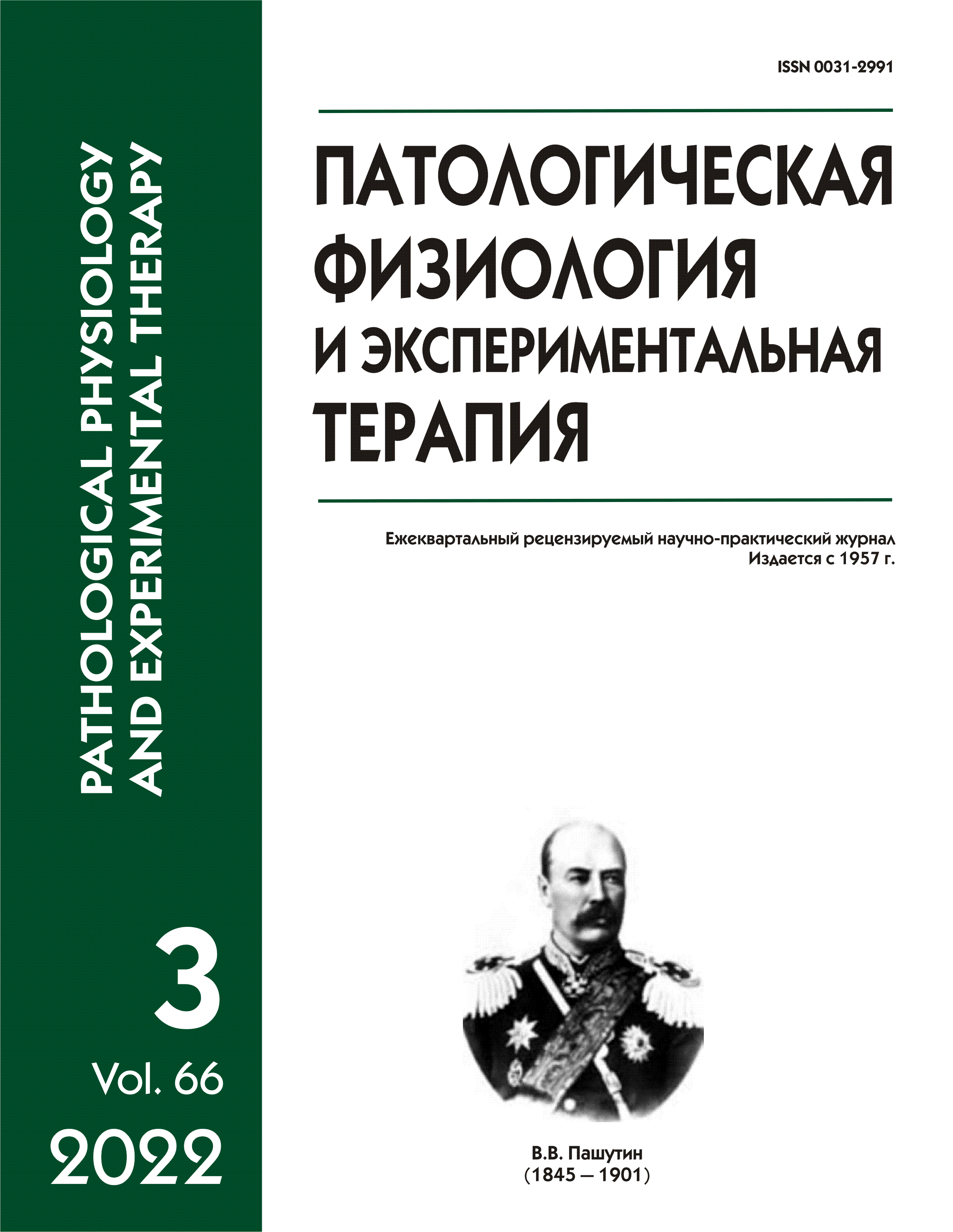Lipopolysaccharides increase the IRE1-mediated unfolded protein response signaling induced by homocysteine in endotheliocytes
Abstract
Introduction. Hyperhomocysteinemia (HHcy) is a pathological condition described with high levels in plasma of homocysteine (Hcy), a nonprotein α-amino acid homologue of cysteine. It might cause oxidative and endoplasmic reticulum stress with resultant endothelial dysfunction and cell death. HHcy, that is a widespread condition, is associated with a number of other pathologies, such as Alzheimer’s disease, schizophrenia, kidney disease, osteoporosis, and diabetes. Early studies emphasize HHcy as one of the crucial and independent risk factors for development of cardiovascular disorders. Moreover, hyperhomocysteinemia can escalate the severity of infectious diseases and even appears as a potential marker for forecasting the course of SARSCoV-2 infection, as many patients are currently at risk for major clotting events once the infection is established. However, the mechanisms of these processes were poorly studied previously. Therefore, the major focus of this work is to study the mechanisms of actions of homocysteine and lipopolysaccharides (LPS) separately and combined together, and modulating actions of them by folic acid and vitamin B12 in endothelial cells. Methods. Endotheliocyte-like EA.hy926 cells were exposed to dithiothreitol, homocysteine, LPS, and Hcy in combination with LPS, with additional incubation with vitamin B12 and folic acid or folic acid alone.The DNA cytometry was performed to calculate the percentage of hypodiploid cells, and the MTT test was conducted to assess cytotoxic effects. RT-qPCR was done in order to evaluate the mRNA expression of the genes involved in the cell response to endoplasmic reticulum stress: BiP, XBP1 (common and spliced form), IRE1, ATF6 at two time points after exposure, 6 h and 24 h. Results. During our research, it was discovered that the coaction of LPS and Hcy increased the activity of the IRE1-XBP1 pathway, a signaling branch of ER stress. LPS, as weak inducers of ER stress, significantly potentiates the Hcy-activated IRE1-XBP1 signaling pathway. We interpret this event as the interaction of signaling pathways of innate immunity and stress response. The observed potentiation may explain the elevated cytotoxicity under the coaction of Hcy and LPS due to the proapoptotic effect of IRE1prolonged activity. In this paper, our research demonstrated that folic acid and vitamin B12 restrict the activity of the IRE1-XBP1 pathway under the action of Hcy and LPS as well as of dithiothreitol. Conclusion. A significant stimulation of the IRE1-XBP1 signaling pathway by a combination of LPS and Hcy, as well as attenuation of this pathway by folic acid and vitamin B12 have been shown. However, the potentiation of the cytotoxic effect of LPS by homocysteine is relatively small. Although the results obtained during this in vitro study do not let us to fully consider HHcy as a factor aggravating the course of infectious diseases, the state of the vascular system and the increasing risk of its dysfunction should be taken into account while choosing methods for the prevention, treatment and forecasting of the infectious diseases course against the background of hyperhomocysteinemia.






